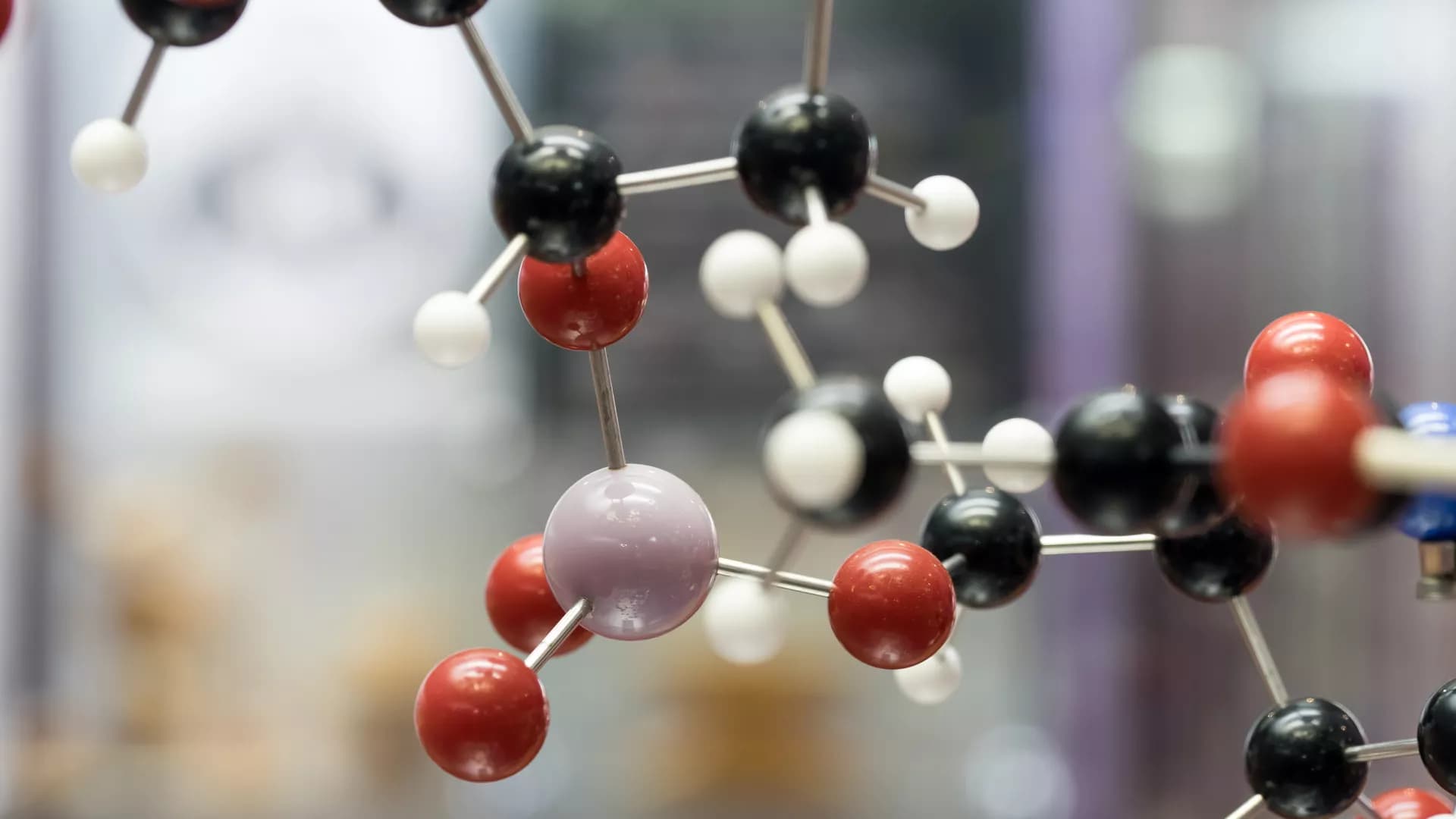Achieving the goal of living in a sustainable and greener society, will need the chemical industry to move away from petroleum-based refineries to bio-refineries. This aim can be achieved by using biomass as the feedstock to produce platform chemicals. A platform chemical, 2,5-furandicarboxylic acid (FDCA) has gained much attention in recent years because of its chemical attributes as it can be used to produce green polymers such polyethylene 2,5-furandicarboxylate (PEF) that is an alternative to polyethylene terephthalate (PET) produced from fossil fuel. Typically, 5-(hydroxymethyl)furfural (HMF), an intermediate product of the acid dehydration of sugars, can be used as a precursor for the production of FDCA, and this transformation reaction has been extensively studied using both homogeneous and heterogeneous catalysts in different reaction media such as basic, neutral, and acidic media. In addition to the use of catalysts, conversion of HMF to FDCA occurs in the presence of oxidants such as air, O2, H2O2, and t-BuOOH. Among them, O2 has been the preferred oxidant due to its low cost and availability. However, due to the low stability of HMF and high processing cost to convert HMF to FDCA, researchers are studying the direct conversion of carbohydrates and biomass using both a single- and multi-phase approach for FDCA production. As there are issues arising from FDCA purification, much attention is now being paid to produce FDCA derivatives such as 2, 5-furandicarboxylic acid dimethyl ester (FDCDM) to circumvent these problems. Despite these technical barriers, what is pivotal to achieve in a cost-effective manner high yields of FDCA and derivatives, is the design of highly efficient, stable, and selective multi-functional catalysts. In this review, we summarize in detail the advances in the reaction chemistry, catalysts, and operating conditions for FDCA production from sugars and carbohydrates.
Heterogeneous catalytic conversion of lignocellulosic components into valuable chemicals and biofuels is one of the promising ways for biomass valorization, which well meets green chemistry metrics, and can alleviate environmental and economic issues caused by the rapid depletion of fossil fuels. Among the identified biomass derivatives, furfural (FF) and 5-hydroxymethylfurfural (HMF) stand out as rich building blocks and can be directly produced from pentose and hexose sugars, respectively. In the past decades, much attention has been attracted to the selective hydrogenation of FF and 5-hydroxymethylfurfural using various heterogeneous catalysts. This review evaluates the recent progress of developing different heterogeneous catalytic materials, such as noble/non-noble metal particles, solid acids/bases, and alkali metal salts, for the efficient reduction of bio-based furanic aldehydes to alcohols. Emphasis is laid on the insights and challenges encountered in those biomass transformation processes, along with the focus on the understanding of reaction mechanisms to clarify the catalytic role of specific active species. Brief outlook is also made for further optimization of the catalytic systems and processes for the upgrading of biofuranic compounds.
Frontiers in Chemistry
Biomass Conversion: from Mechanism to Energy Applications




![Effect of the oil/alcohol molar ratio [(A) methanol; (B) ethanol] in reaction performed at 150°C for 120 min using 10 wt. % of Amberlyst 45.](https://www.frontiersin.org/_rtmag/_next/image?url=https%3A%2F%2Fwww.frontiersin.org%2Ffiles%2FArticles%2F514106%2Ffchem-08-00305-HTML%2Fimage_m%2Ffchem-08-00305-g001.jpg&w=3840&q=75)

